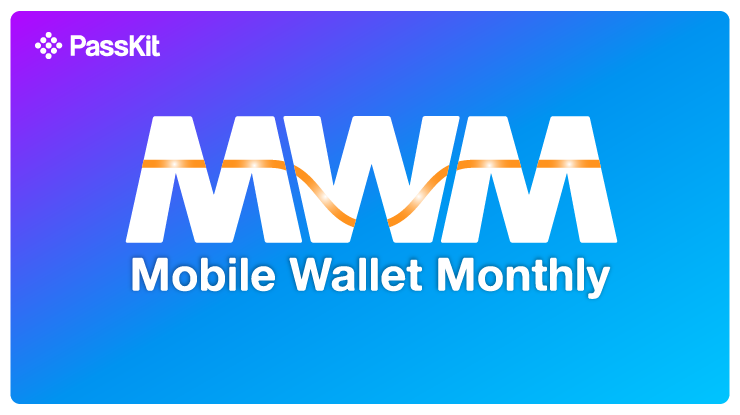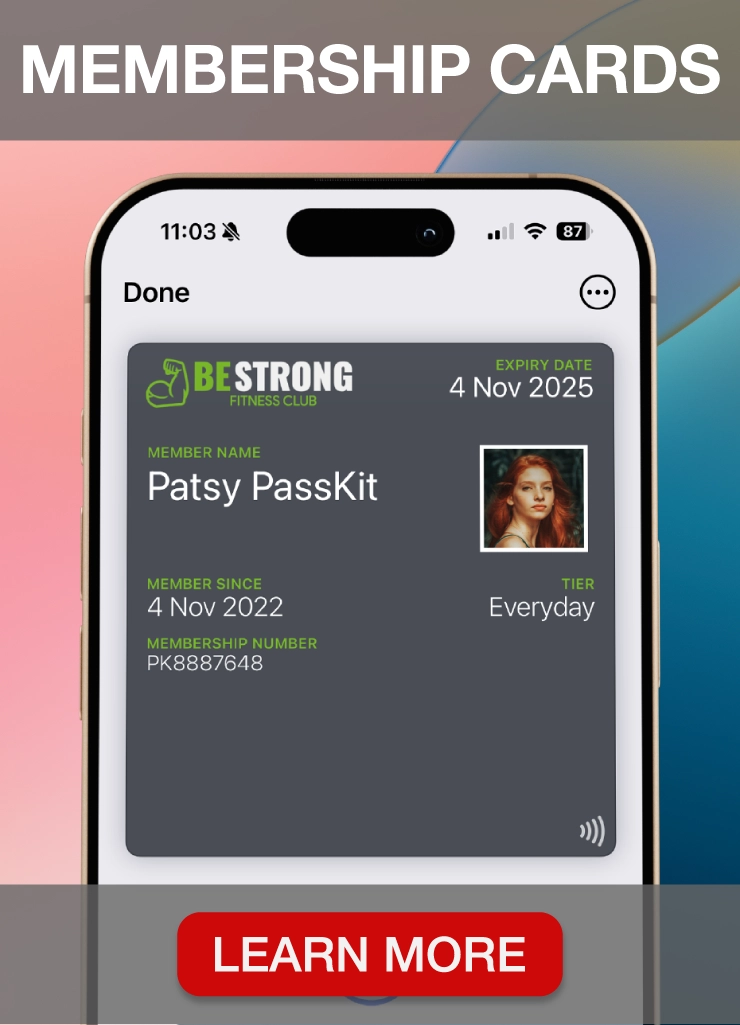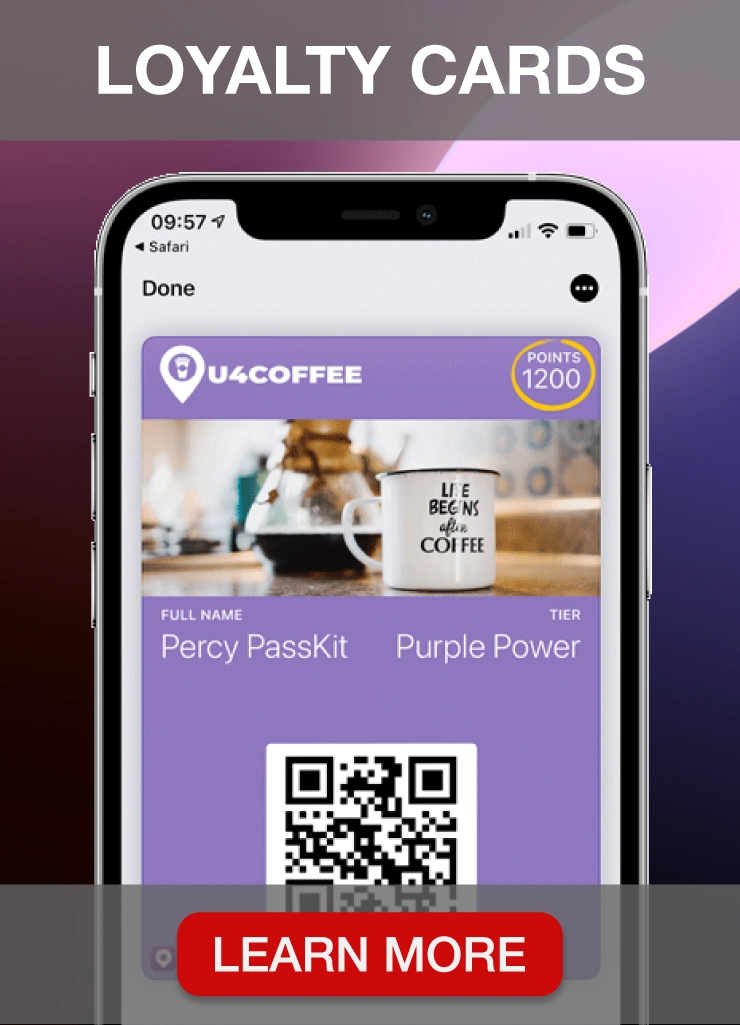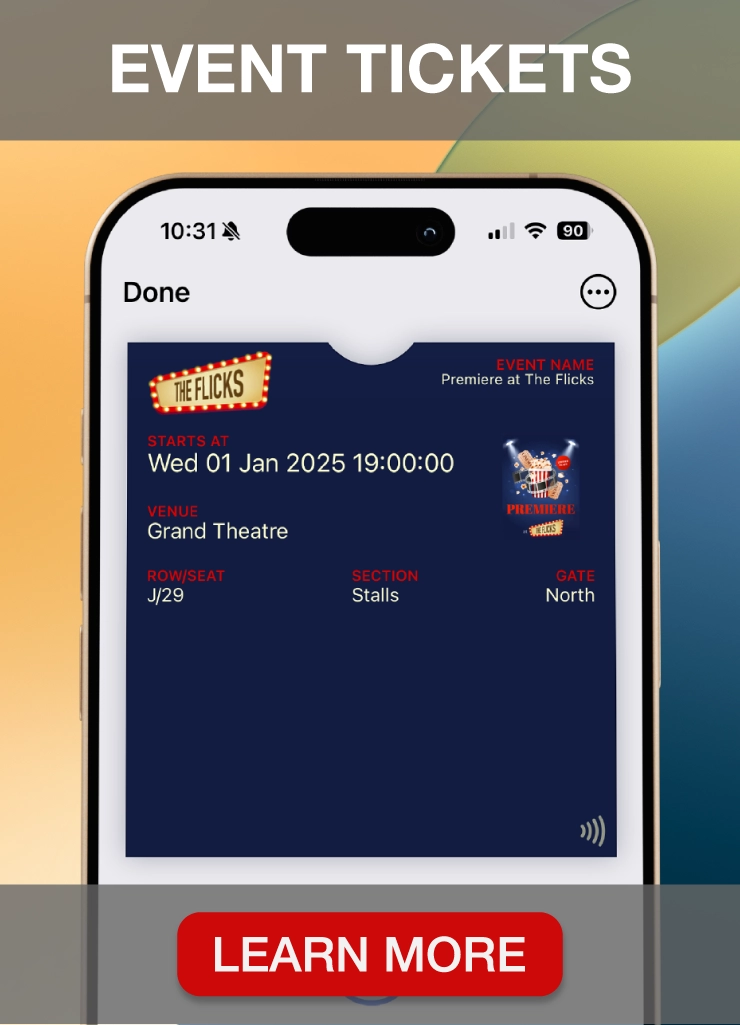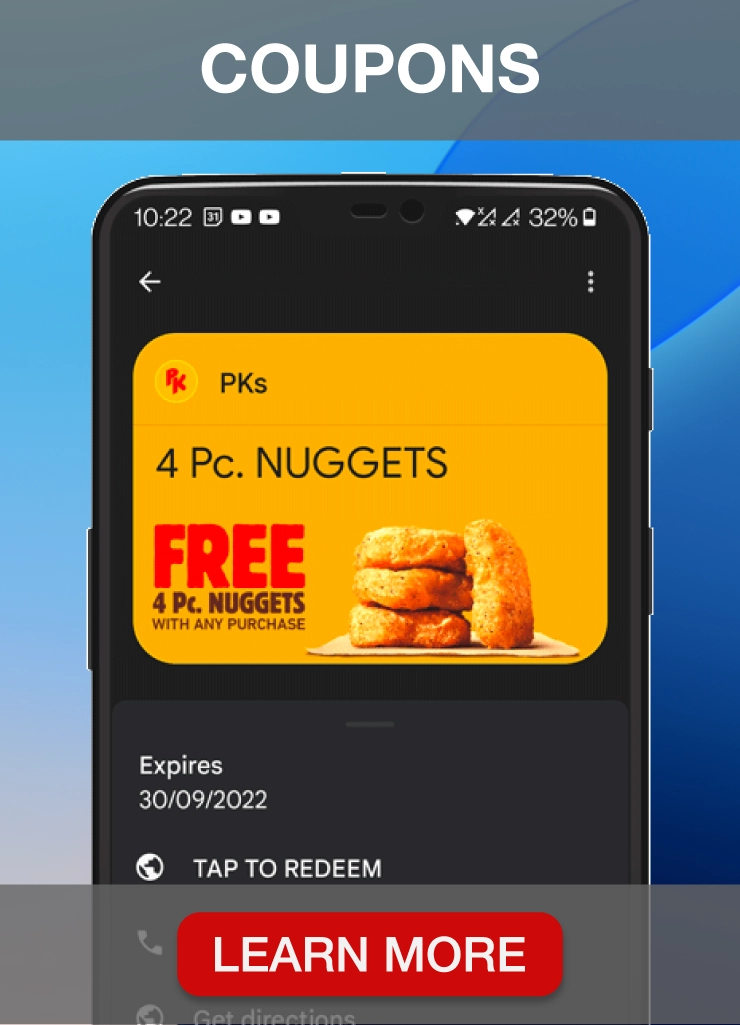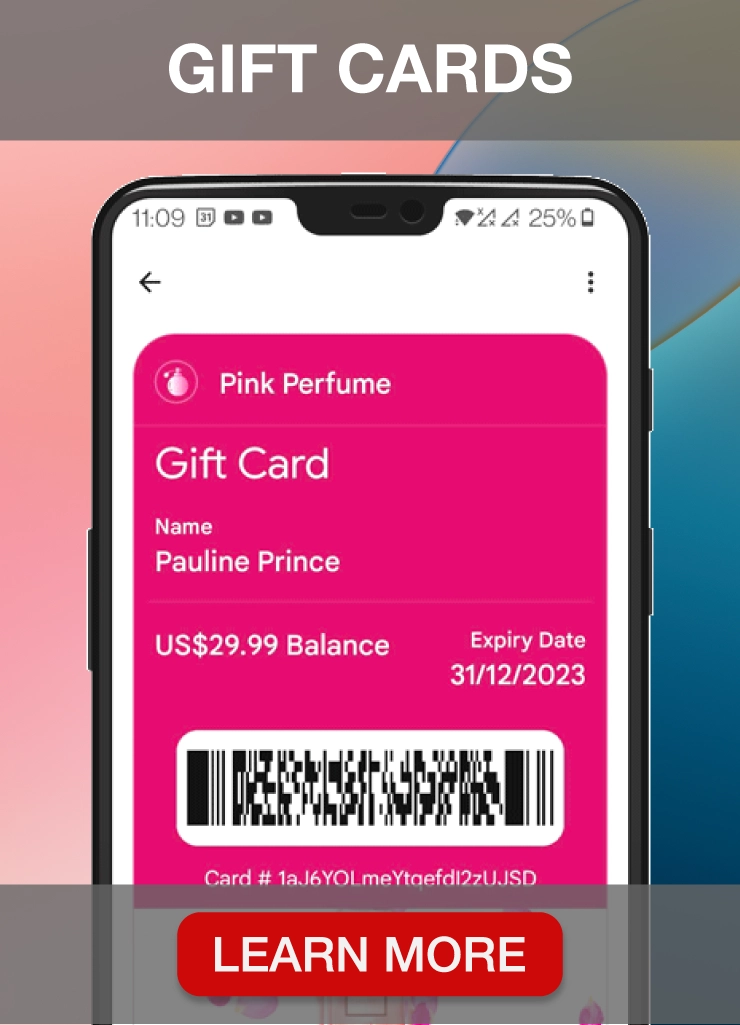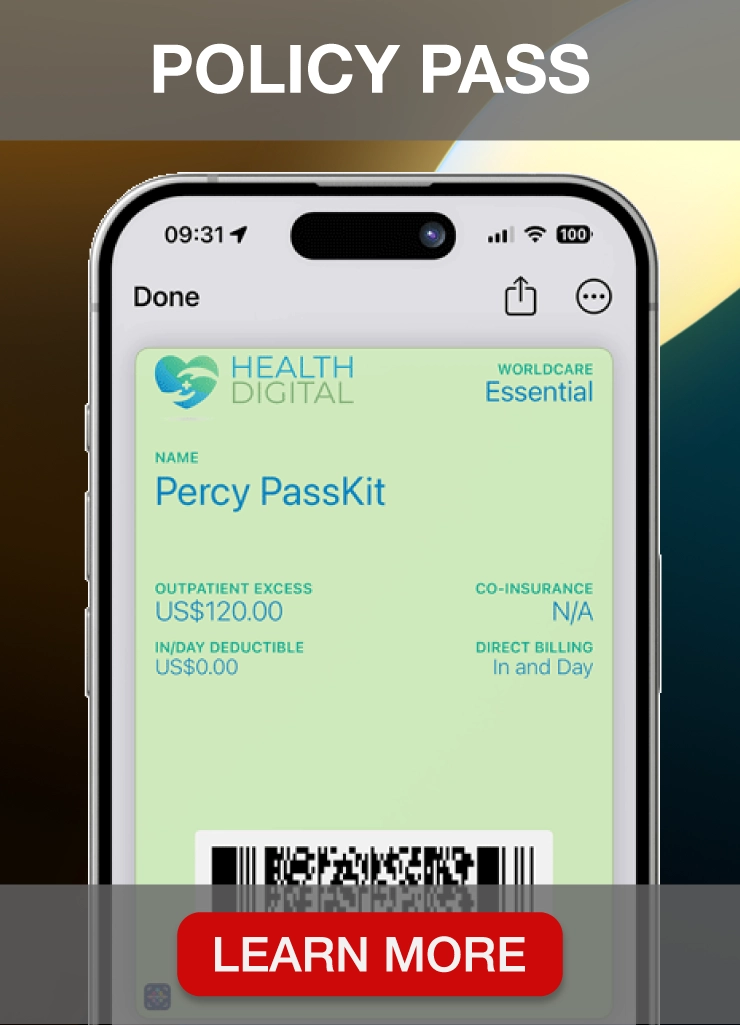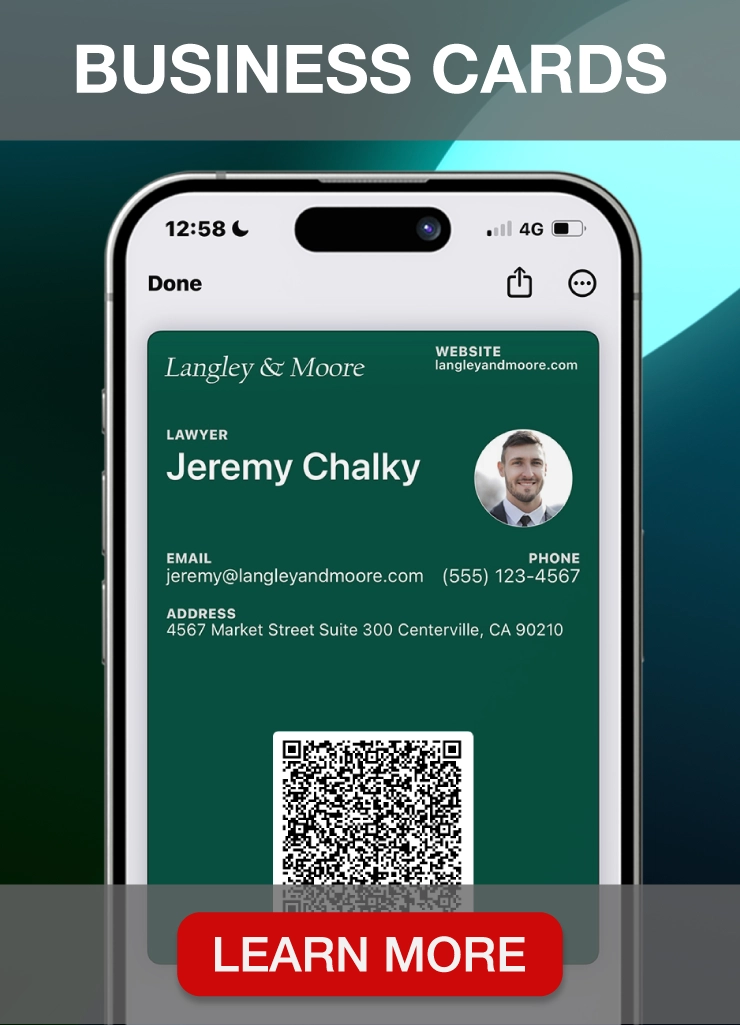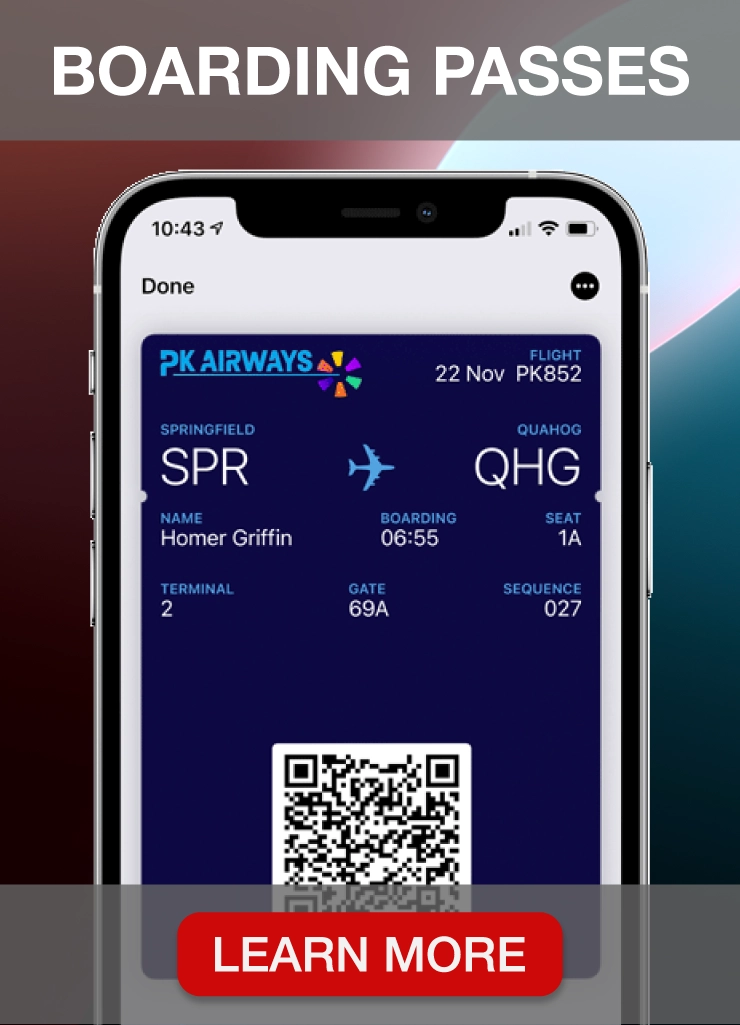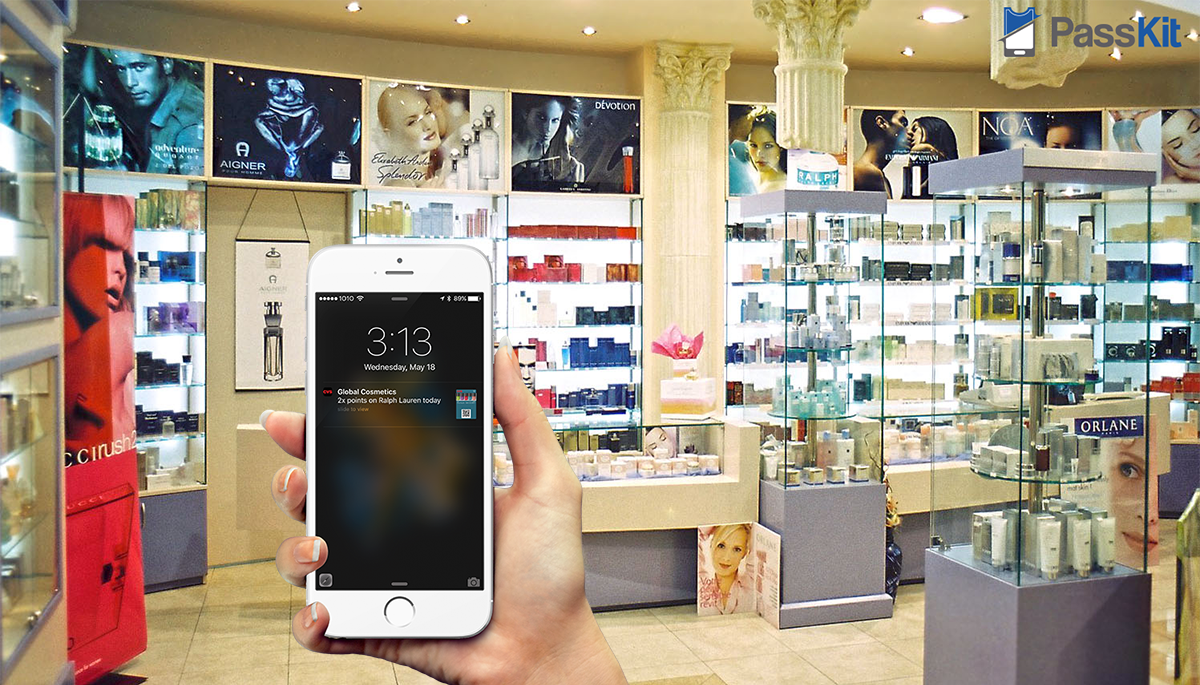
I was recently asked to give some guidance and advice on how a well established cosmetics company (based in S.Korea) could make use of an O2O strategy and an omnichannel marketing plan. This advice is not just relevant to the S.Korea market so I thought I’d share some of my suggestions here. You might even have experience employing this approach or have some other ideas; so once you have read the article please don’t forget to comment.
I find the cosmetics industry a particularly interesting one – not just because I like smelling good and have an expensive taste in after shave – but the fact that Beauty and Personal Care, an industry traditionally rooted in the ability to touch, smell, sample and experiment with products in stores, is being played by a new set of rules. In a survey conducted by A.T. Kearney, 47% of the survey participants stated that they purchase more beauty and personal care products online this year compared to last year, including a significant increase in shopping for more “experiential products” such as Fragrance and Color Cosmetics (both saw a 16-percent increase over 2012 in number of people who frequently purchase these items online).
So does this significant growth in online purchases mean the death of the high street cosmetic shop? I’d suggest not. Of course this assumes that the high street shop owners significantly improve the shopping experience. And that means thinking and moving beyond simply delivering more training for sales staff and beauticians and installing brighter, more creative shop displays. Approached correctly and using the appropriate philosophies, technologies and processes, cosmetic retailers have a fantastic opportunity to wow their customers in the high street. Why? Because it’s not possible to try on a perfume via the internet (yet), or really see how different make-up looks like on your skin by shopping online.
Before reading my suggested approach for cosmetic companies, I suggest you familiarise yourself with the general benefits of an O2O strategy by reading this article: https://passkit.com/blog/what-are-the-main-benefits-of-an-o2o-strategy/
For the purpose of this article, we will assume that the cosmetic company has a high street presence (i.e. revenue from Physical Retail commerce and not solely from eCommerce).
The approach I recommend is a 2 step approach:
- Get your company / your brand / and the products / brands you sell into customers’ smartphones. And then;
- Focus on significantly improving the ‘offline’ experience using the philosophies, technologies and process that have driven the rise of eCommerce sales over the last decade.
As you know, more and more of the population have smartphones. In Japan over 95% of people have smartphones. In the United Kingdom this number is around 70% and in the United States it’s over 55%. While the number of people owning a smartphone vary by country it’s fairly well established that the smartphone adoption is set to continue.
The key to your O2O success will be opening your brand to the billions of hours your customers spend on their smartphones.
I want to emphasise that this does not mean designing, developing, deploying and maintaining an app. This approach might have been the way to proceed around 6 or 7 years ago, but today customers are suffering “app-a-thy” and unless you have a killer value proposition associated with a cosmetics app, latest research shows that your company will invest time, emotion, and resources to design, build and maintain an app that is only used by a small percentage of your customer base.
So what to do?
Get your company into customers’ smartphones
Firstly, I recommend ensuring that your company has a mobile responsible website using HTML5. At a minimum this should be a public facing website and ideally with the ability to ‘buy online’ – either for delivery or for collection in store. Your company can explore having personalised content / recommendations in a private part of the website. For example, after a customer/member logs in to your site they can save their personal favourites or update their preferences.
At the same time, your company should build a social media presence. This is pretty straight forward and you should have business pages on the the social media sites that are most popular in your country. Examples include Facebook, KaKao, Line and WeChat (as this is gaining popularity and has some unique features not available in the other social media platforms yet). As well as ‘posting’ to these sites to share what’s going on in the company, you can easily place ‘buy-now’ buttons to link to your mobile website.
You can take advantage of social sharing and encourage your customers to share your social pages and website. To start with you might need to incentivise social sharing, by giving something away to people that share your page. One idea could be to get more loyalty points if they share your page – see below for how to implement a digital loyalty solution.
But let’s face it, more Facebook likes or re-tweets are not going to suddenly lead to more business. This won’t lead to more business in your high street stores and even if it does you will have a hard time to track this and zoom in on what’s working. You’ve got to focus on and measure the customer experience in the high-street.
To further improve the customer experience, and respond to customers’ behaviour weaving between online and offline, I recommend leveraging that capabilities that are native / built in today’s modern smartphones.
Why do I say focus on customer experience? Because 92% of commerce still happens in the high street but satisfaction with e-tailers increased 5.1% last year, while satisfaction with physical retailers decreased by 1.4%. This gap is widening and it is something that must be addressed if you still want to drive revenue in the high street. I assume you don’t what your high street stores to simply become a high cost warehouse.
Simply advertising your company online is not going to dramatically change the customer experience in the high street. Certainly, you can leverage social sharing to promote your brand, but you need to dedicate your company to making the offline experience even more engaging and convenient than shopping online to reap the full benefits of an O2O strategy.
Use technology to improve the high street experience
Here’s a practical suggestion how you might initially and quickly leverage modern online technologies to improve customer satisfaction and drive more people into your high street stores.
If the cosmetic company has a loyalty / membership program, start by converting ‘membership cards’ to digital content that are stored within native mobile wallet applications (e.g. Apple Wallet in iOS or Android Pay available in certain territories) or third party wallet applications (e.g. WeChat Wallet, AliPay Wallet or MyWallet for Android). This can easily be done using tools like the The PassKit Portal or Loopy Loyalty. If you don’t have a loyalty or membership program, then you could distribute digital coupons / vouchers to your customers instead of handing out paper coupons or sending emails/SMS. Paper coupons, emails and SMS typically get ignored, and have no ability to respond to time, location or behaviour context.
The key is to get your customers to add this digital content (membership card or coupon) into their smartphone wallet.
Once this content is in their mobile wallet, your customers will receive time, location or behaviour based messages on their lock-screen. For example, when they walk past your store they will see a reminder to visit your store. This may seem trivial but the impact is significant. Your brand will be front of mind – they will be more likely to choose you over another high street cosmetic stores – and typically triggers an in-store visit. This is especially true if the lock-screen messages reminds the customer they can collect more loyalty points or take advantage of a coupon before it expires. You’ll see even higher traffic into your store if the lock-screen message is personalised and targeted for the customer’s preference and buying behaviour. Think about tapping into the spontaneity of your customers as they are walking on the high street, maybe pondering their outfit and make-up for the dinner party they will attend that evening.
This location message can be triggered by GPS – and this capability is built into the native mobile wallet applications. You don’t need to manage anything other than ensuring the GPS coordinates are programmed into the digital wallet content – which requires no coding if you are using tools like the The PassKit Portal or Loopy Loyalty.
When the customer is in your store, you can also take advantage of bluetooth beacon technology. Bluetooth beacons allow for a far more targeted location service. For more information on beacons visit here: iBeacon 101 Guide – PassKit | The O2O Channel | PassKit. Depending on how big your stores are, place beacons in appropriate places around your store. e.g. at the entrance, at the perfume counter, at the make-up counter and at check-out. And each beacon can trigger a different lock-screen message for every individual; further personalising the in-store experience. You can even use lock-screen messages triggered by beacons to ‘gamify’ the shopping experience and help your customers discover new products, or higher margin products, in parts of the store they don’t typically visit.
Given that 89% of people say they like to learn about products and promotions from their smartphone, while only 36% of people say they like to learn this information from sales associates, the customer will thank you for this information, and this approach will help reduce “showrooming”. For example, you don’t want a customer to visit your store, test a perfume in your store and then use their smartphone to buy the perfume from an online retailer.
As well as improving your customer experience and engagement with your brand, you will also start to collect real time data on customers’ behaviours in your Physical store.
One of the reasons that the e-Commerce has grown so quickly is the ability to collect and respond to user behaviour in real time. By using mobile wallet and beacon technology you can collect similar data and gain similar insights. But not just how your customer are shopping online; you will have access to how your customers are behaving in-store and you can quickly improve and personalise each and every customer experience. This data can be fed directly into your existing CRM systems by simply integrating the PassKit API. This means you also won’t need to continue employing customer experience teams carrying clipboards and asking customers to complete annoying, time consuming customer satisfaction surveys. You will be able to sit in your office with the rest of your cross functional management team and visualise customer behaviour in the same way you use Google Analytics, for example, to analyse behaviour of online shoppers. Not only are these analytics welcomed by CMO’s and CFO’s, sales and store operations love this real time information – making their job easier and more data driven.
One of the secondary benefits, is you will also start to shift the whole company to a digital operating system, and not just keep that fast, data driven, decision making culture confined to the e-Commerce function.
I hope this gives you some useful initial, practical suggestions, along with easy to implement tasks so you instantly take advantage of an O2O strategy. There’s more you can do but this would be a great start – your customers will thank you and you will see a bottom line impact.
Focus your O2O strategy on making the high street shopping as enjoyable, convenient and engaging as possible.
Please tell me what you think. Does this advice help? Are you already implementing some of these suggestions? Is it delivering the results you expected? Would you like me to share more?

